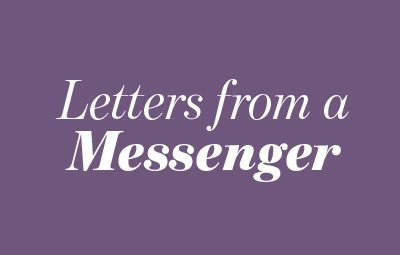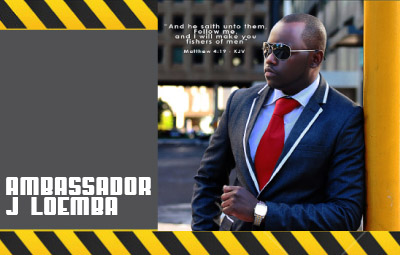
If you're a professional communicator, a significant part of your job is leading people through change. It's a tough challenge, and if you've read my book "Jolt: Get the Jump on a World That's Constantly Changing" then you know that for individuals and organizations, change is incredibly hard. One example in the book is research that indicates that within two years, the vast majority of open heart surgery patients go back to their old lifestyle - the one that got them into trouble in the first place. So if the fear of death doesn't make people change, then what will?
I asked Dawn Nicole Baldwin, our Lead Strategist here at Cooke Pictures to weigh in on the subject. Before working with us, she led Visual Communications on staff at Willow Creek Community Church, and was on the advertising team for the creators of VeggieTales. She's guided many churches and nonprofits through a wide number of changes, and here's what Dawn had to say: "I just don't get it," he sighed. "I feel like I've been repeating the same thing for months until I'm blue in the face. Why aren't people getting on board with the new vision?"
My heart went out to this frustrated pastor. He's a gifted communicator and skilled at painting a vivid picture of the future people want to be part of. But he's not getting the traction that he'd like in his new church.
The truth is nobody likes change. We are creatures of habit and prefer our routines. But leadership requires moving people from here to there and change just comes with the territory. Understanding why people resist is half the battle. After working with leaders for nearly 20 years, I've noticed there are three primary reasons why people don't get on board with change:
1) They Don't Agree - Let's face it. This group can be the most difficult to deal with because some people are just i mpossible to please. They will find reasons to complain regardless if something changes or stays the same. Don't let these people hold your vision (or you) hostage by their version of what the future should be. Having a clear direction will mean some people won't want to be part of it. Let them go to make room for those who do.
2) They Don't Understand - Many leaders spend most of their time talking about WHAT needs to change without spending enough time on WHY it needs to change in the first place. The pain of staying where they are needs to feel greater than the discomfort or inconvenience of changing.Paint a clear picture of why things can't stay the same. Tie it to vision. Tell stories - make it feel real. Then focus on where you want to go & how you plan to get there.
3) They Don't Know What to Do - Once people are excited, they want to get involved. The quickest way to squelch that enthusiasm is to overwhelm them with options. People don't want a catalog listing 485 ways to help. When faced with many choices, many shut down and don't do anything.Instead, focus on a few simple next steps that can apply to everyone. "Everyone" being a critical part. Bill Hybels, the senior pastor of Willow Creek Community Church, calls this the Power of Everyone. There is momentum that builds when everyone feels like they can take part in the vision. Once it's in motion, it's hard to stop.Understanding why people resist is half the battle. The other half is consistently casting vision and celebrating small wins along with way. Because communicating change is a marathon, not a sprint. Prepare for the road ahead.










































































